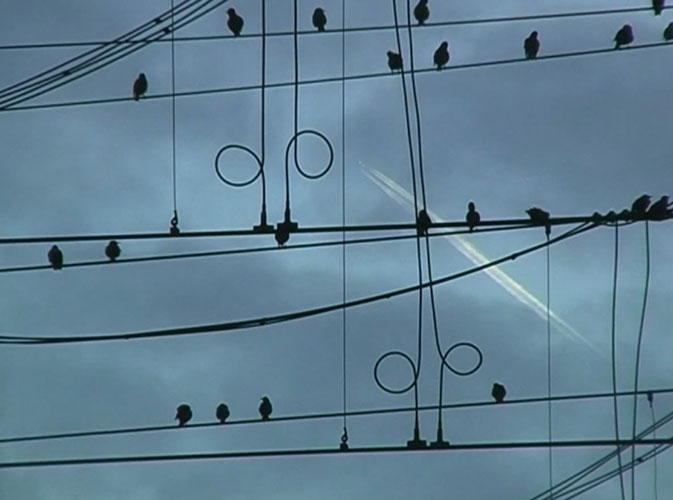Ibasho is proud to announce a solo exhibition featuring works by the celebrated Dutch visual artist Madelon Hooykaas (1942): ‘Haiku, the Art of Observing.’
Over the past six decades, Hooykaas has dedicated herself to exploring new territories, cultures, aesthetics and experimenting with various forms of media. Her artistic journey has been shaped by contemplation, introspection and a profound interest in and connection with diverse cultures and beliefs. Furthermore, her strong convictions about the importance of nature and humanity’s role in preserving it, as well as her engagement with Eastern philosophies that advocate for a balance between human experience and the natural world, form the foundation of her creative body of work.
For the very first time in IBASHO’s existence we will show video art: in Hooykaas’ exhibition, her video work ‘Haiku, the Art of the Present Moment’ (2007) plays a central role. The video revolves around haikus that the famous poet Matsuo Bashō (1644-1694) wrote during his travels and that were posthumously published in ‘The Narrow Road to the Deep North’ (1702).
Inspired by Bashō’s poetic themes, Hooykaas composed the work from video sequences she had recorded during her travels in Japan and elsewhere, arranging them into four sections corresponding to the seasons. Each season has three Bashō haikus that are recited in Japanese and subsequently appear in English on the screen. The improvised music, performed on the shakuhachi by the Dutch musician and composer Ab Baars, has been woven into the fabric of the video, which celebrates the journey of life and the cycle of the seasons. The video is surrounded by prints on Hahnemühle bamboo paper from exquisite stills, chosen very carefully by Hooykaas. The prints contain a QR-code in red, resembling a Japanese stamp, with which the video can be watched at home.
The second part of the exhibition shows Hooykaas’ photographic shadow works that were created after she visited Hiroshima and Nagasaki in 1983 and 1984. In the Peace Museum in Hiroshima she was struck by a stone staircase that a person had been sitting on when the atomic bomb was dropped. The bright light of the bomb had made the stone steps almost like light-sensitive photo paper. Only the shadow burned into the stone remains of this person. This was the beginning of Hooykaas’ fascination with shadows.

